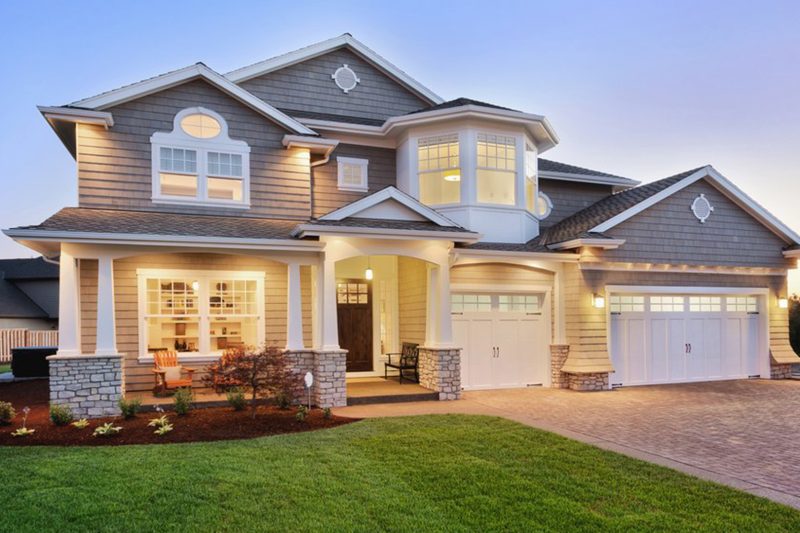Artificial grass is an environmentally friendly and economical alternative to natural grass. It’s easy to install and maintain and looks great! So, what are the benefits of artificial grass?
When you need to repair or replace an area of artificial grass, you simply remove the damaged pieces and install new turf. It’s very doable for anyone who can use a screwdriver and a pair of scissors.
How Do I Install Artificial Grass?
Artificial turf is designed for homeowners. It’s easy to install – just roll out the turf and secure it with U-shape pins, which are included in the package. The key is to install artificial grass on level ground so that it doesn’t curl or buckle from its own weight over time.
How Much Does Artificial Grass Cost?
The cost of artificial grass varies based on size, quality, and installation method.
How Is Artificial Turf Different From Regular Grass?
Artificial grass is made of synthetic fibers, polyethylene, or rubber that are woven together into a lush green carpet. Artificial turf is durable and requires less maintenance than natural grass. It’s also easier to install and maintain.
Benefits Of Artificial Grass
Artificial grass is an environmentally friendly and economical alternative to natural grass. It’s easy to install and maintain, and looks great! So what are the benefits of artificial grass?
First, it can help you save money on water bills. Since artificial turf doesn’t need watering or fertilizing, you’ll be able to spend those savings on other things.
Second, you’ll be doing a good deed for the environment by cutting back on water usage and CO2 emissions from lawnmowers.
Third, there is less maintenance with artificial turf. With real grass, you have to worry about mowing, fertilizing, watering, etc., but with artificial turf, all you have to do is trim it every few months!
Downsides Of Artificial Grass
One of the downsides of artificial grass is that it’s not as durable as natural grass. It can’t withstand regular foot traffic like regular lawns do, and this means that you’ll need to be more careful about where (and how) you install your turf.
You also need to be sure that you never walk on your artificial grass with shoes on – whether they’re sneakers or dress shoes. Any shoes with a hard sole will damage your artificial grass.
The other downside is that it doesn’t work as well in extreme climates (either too hot or too cold). If you live in an area where the temperature varies drastically, make sure to do some research before installing artificial grass!
Conclusion
Artificial grass is a great way to turn your lawn into a saver of natural resources and a more sustainable option. However, there are some downsides to artificial grass. Artificial turf can be a little more pricey than regular grass and it may not be the best option for those with allergies. But if you have a pet, or just want a better all-around cleaner space, artificial grass may be the perfect choice for you.




